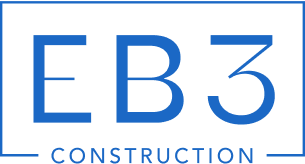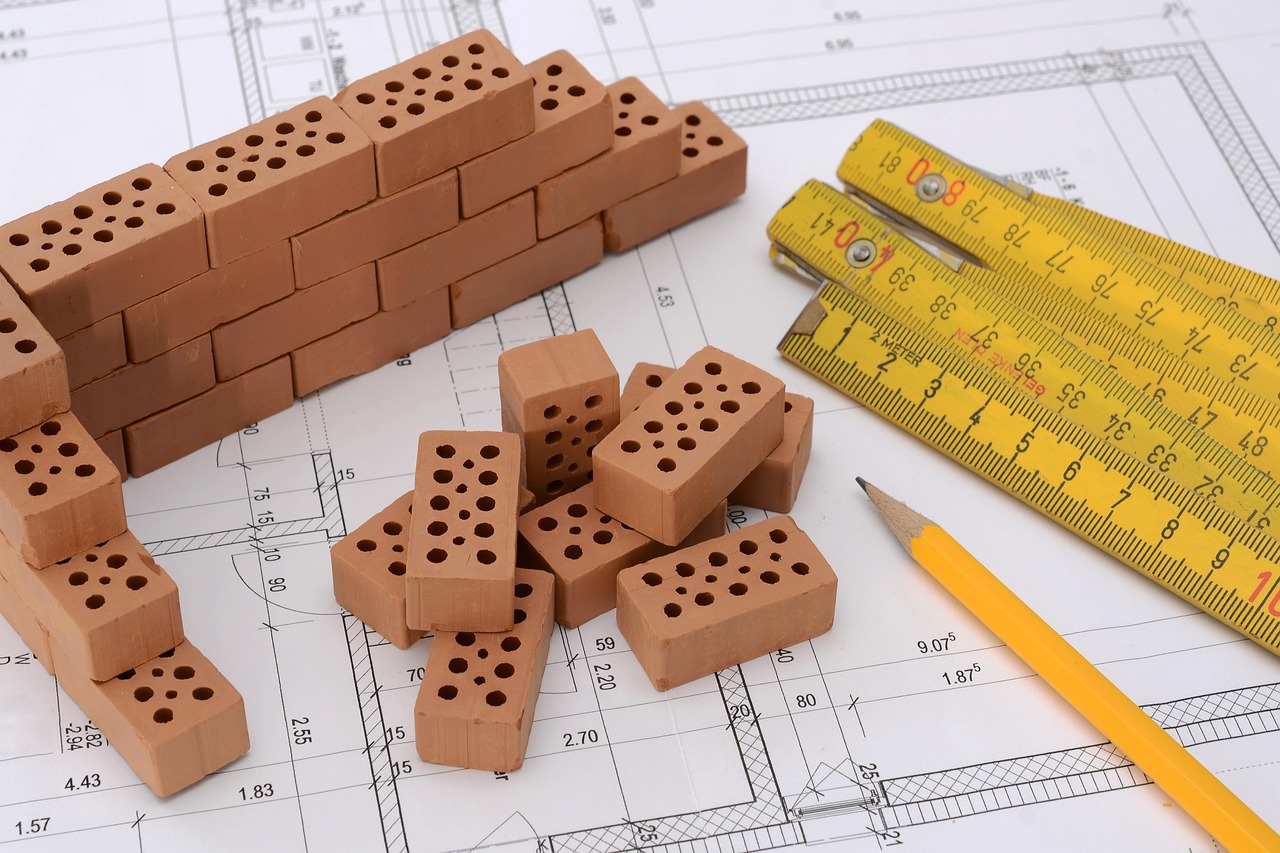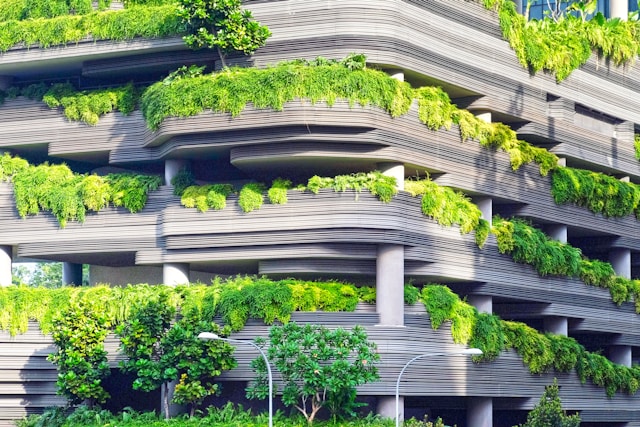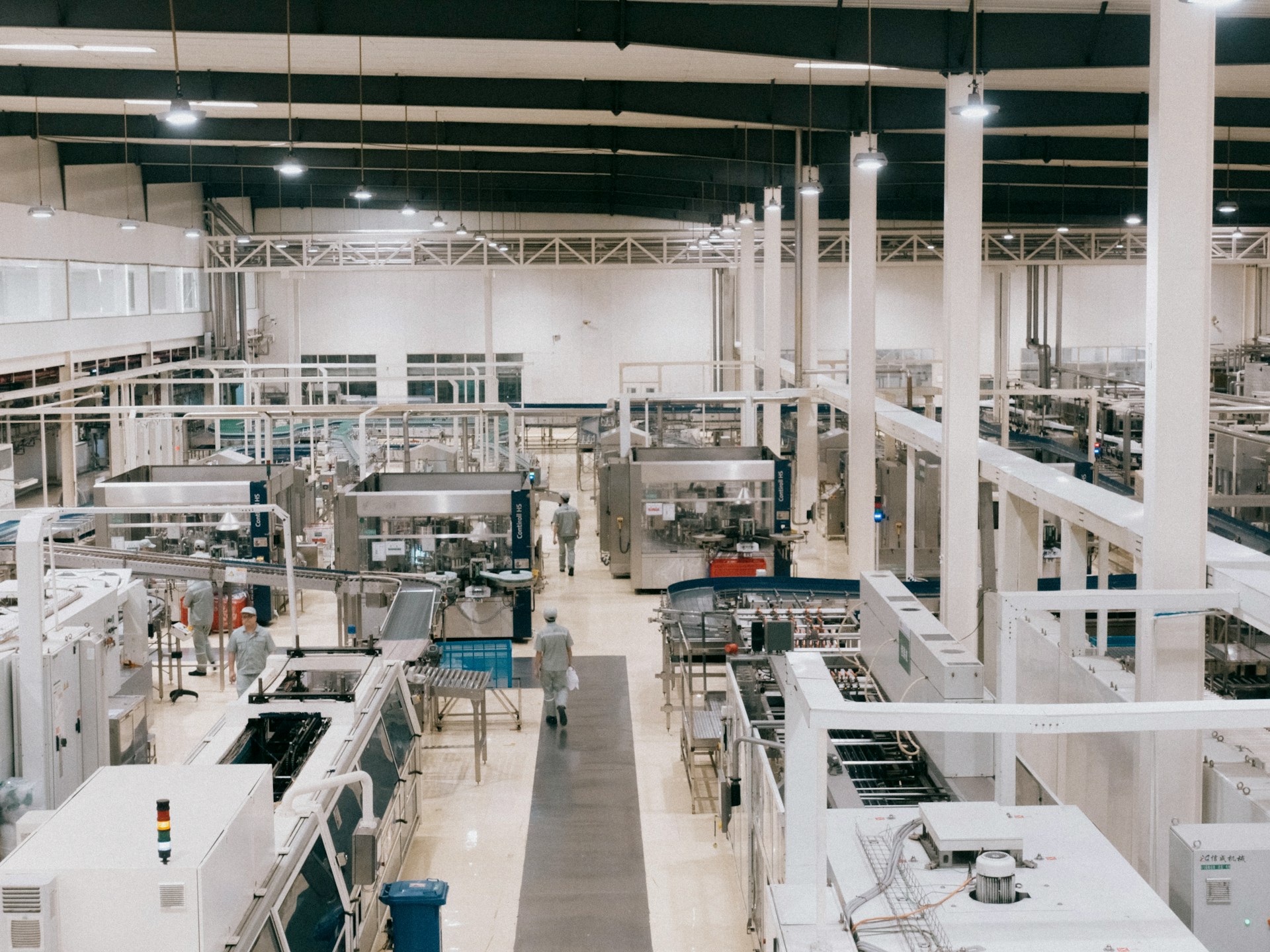Commercial retrofit costs in Texas vary widely based on project scope and building complexity. There is no single statewide average, but we see consistent patterns across the state’s major markets.
General commercial renovations commonly range from about $30 to over $300 per square foot, with targeted system upgrades often falling on the lower end of this spectrum. Office HVAC retrofits, for instance, typically cost $18–$25 per square foot for two-pipe systems and $25–$32 per square foot for four-pipe systems. Final costs also fluctuate based on Texas market conditions, which tend to be higher in major metros like Houston, Dallas–Fort Worth, and Austin where demand drives up labor and material rates.
Disclaimer: Pricing figures are based on publicly available market data and are intended for general estimation purposes as of November 2025. They do not represent a formal quote from EB3 Construction. Actual costs will vary by project scope, location, labor rates, and material prices.
Which Factors Drive Texas Commercial Retrofit Costs The Most?
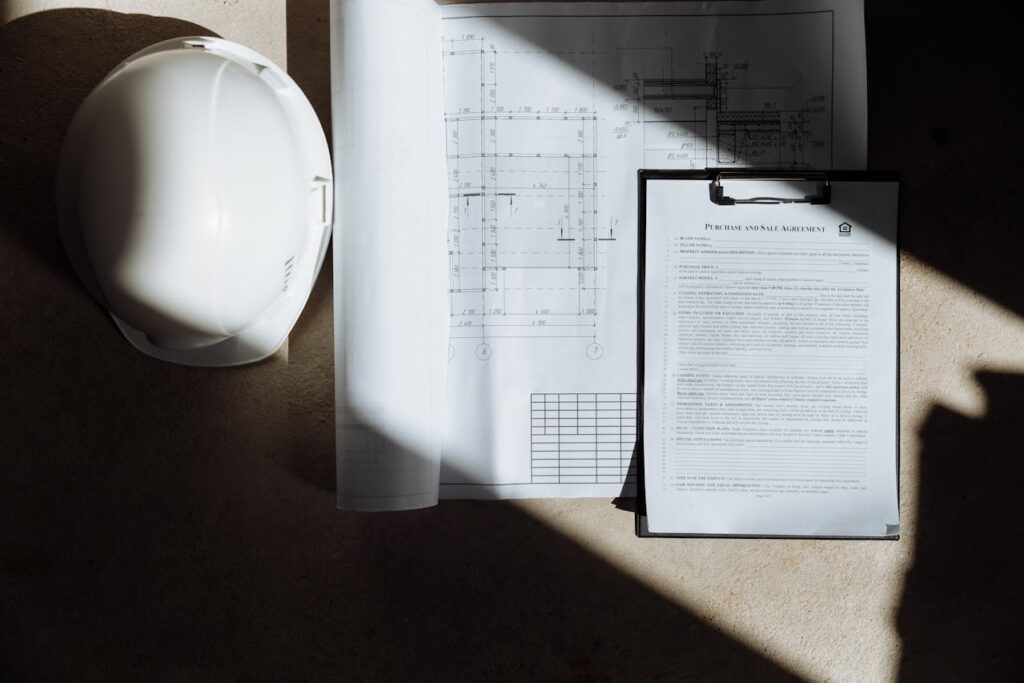
Commercial retrofit costs in Texas center on three primary drivers: project scope and building systems, construction labor and materials, and location-specific requirements. Understanding these factors helps predict where budget dollars concentrate during planning and execution phases.
Scope And Systems
Major building systems represent the most significant controllable cost element in Texas retrofits. HVAC, plumbing, and electrical systems collectively account for approximately 12.5% of total construction budgets, though this percentage increases substantially when system replacement becomes necessary.
HVAC retrofits show particular variability based on building requirements and existing infrastructure. System complexity drives costs upward when projects involve specialized indoor air quality controls, multiple zones, or integration with building automation systems. Office environments typically require less intensive ventilation than healthcare or laboratory spaces, creating distinct cost tiers within the HVAC category.
Electrical and plumbing system upgrades often become necessary during comprehensive retrofits. Older buildings may require panel upgrades, new distribution circuits, or enhanced water delivery systems to support modern operational requirements. We coordinate these system improvements carefully since they affect building functionality and occupancy timelines.
Building And Finish Level
Labor costs represent the largest variable expense category, spanning 18% to 35% of total project budgets depending on retrofit complexity and regional market conditions. Skilled trades command premium rates in competitive Texas markets, particularly for specialized retrofit work requiring coordination around existing building operations.
Material costs typically consume 17.5% to 25% of retrofit budgets, with pricing influenced by quantity requirements, specification levels, and supply chain logistics. Custom materials or specialty products designed for retrofit applications often carry premium pricing compared to new construction equivalents.
Interior finishes can consume up to 30% of project budgets when retrofits extend beyond system upgrades into comprehensive space renovation. Finish selection significantly impacts total costs, with premium materials and custom installations driving expenses well above basic improvement levels. Layout complexity, space size, and occupancy requirements during construction also affect finish installation costs and project duration.
Location Effects
Houston retrofit projects face unique cost pressures from storm-resistant construction requirements and flood mitigation measures. Coastal proximity necessitates enhanced building envelope performance and specialized mechanical equipment rated for high-humidity conditions. Market demand remains consistently high, supporting premium pricing across most construction categories.
Austin’s emphasis on energy-efficient buildings adds upfront costs through enhanced insulation, high-performance windows, and HVAC efficiency requirements. The city’s tight labor market creates scheduling challenges and wage premiums for quality contractors. Green construction standards often require specialized materials and installation techniques that increase project complexity.
Dallas-Fort Worth benefits from regional growth while maintaining competitive pricing in several construction categories. Material distribution advantages help control logistics costs, though rapid development creates capacity constraints during peak construction periods. The region’s central location provides access to diverse contractor pools and material suppliers.
How Do Typical Retrofit Scopes Price Out By Component?
Understanding cost breakdowns helps property owners and developers allocate budgets appropriately. We organize retrofit costs by system type and project scope to show where expenses concentrate most heavily.
HVAC System Retrofits
Office HVAC retrofits represent one of the most common system-specific upgrades in Texas commercial buildings. Two-pipe systems typically cost $18 to $25 per square foot, while four-pipe systems run $25 to $32 per square foot. The price difference reflects the increased complexity and material requirements of four-pipe configurations.
These figures cover equipment, installation, and basic controls integration. Buildings with specialized indoor air quality requirements or complex zoning needs may see costs toward the higher end of these ranges.
Comprehensive Commercial Renovations
Broad commercial renovation projects show considerably wider cost ranges than targeted system upgrades. Most projects fall between $30 and $300+ per square foot, depending on finish level and building use.
Basic renovations with standard finishes cluster around the lower end. High-end retrofits with premium materials, extensive structural modifications, or specialized systems push costs significantly higher. Building type also influences final pricing, with healthcare and laboratory facilities requiring more expensive upgrades than standard office spaces.
Construction Cost Breakdown
Commercial retrofit budgets typically divide across four main categories. Labor represents 18% to 35% of total costs, making it the largest single expense category in most projects. Materials account for 17.5% to 25% of budgets.
Major systems, including HVAC, plumbing, and electrical components, generally consume about 12.5% of construction costs. Finishes can reach up to 30% of total project costs when retrofits include extensive interior updates beyond basic systems work.
| Category | Cost Description | Contribution to Total Cost |
| Labor | The largest variable expense category. | 18% – 35% |
| Materials | Pricing is influenced by various factors including supply chain logistics. | 17.5% – 25% |
| Major Systems | Includes HVAC, plumbing, and electrical. | 12.5% |
| Finishes | Includes costs beyond basic systems work. | Up to 30% |
These percentages shift based on project scope. System-only retrofits allocate more budget toward equipment and installation. Full interior renovations see higher proportions dedicated to finishes and architectural elements.
Seismic Retrofit Methods
Seismic retrofit costs vary dramatically based on the chosen approach and building conditions. Basic foundation bolting represents the most economical option, typically costing $3 to $7 per square foot including labor.
More comprehensive seismic retrofits involve frame reinforcement, shear wall additions, or complete structural upgrades. These approaches cost significantly more than basic anchoring but provide greater earthquake resistance. Method selection depends on building type, seismic zone requirements, and performance objectives.
What Incentives And Tax Deductions Can Lower Net Retrofit Costs?
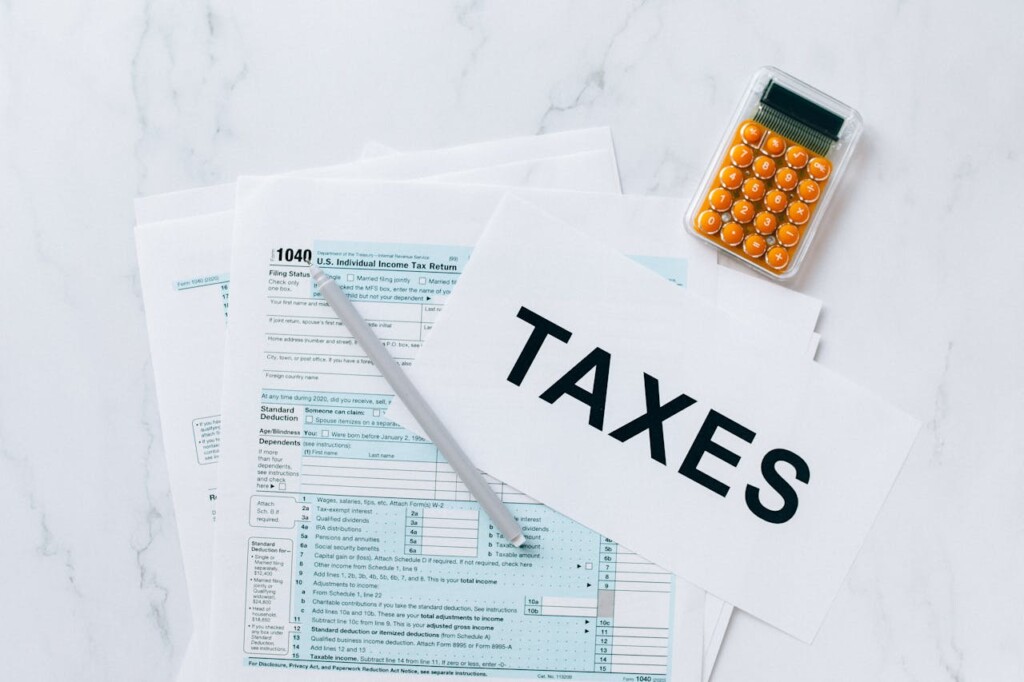
Multiple financial programs exist to reduce retrofit project costs across Texas. We coordinate with these programs during project planning to maximize cost savings through utility incentives, federal tax deductions, and local rebates.
Entergy Texas Utility Incentive Program
Entergy Texas offers incentives based on demand reduction (kW) and energy savings (kWh) for qualifying retrofit measures. Lighting upgrades receive $165 per kW and $0.01 per kWh. HVAC system improvements qualify for $250 per kW and $0.02 per kWh.
Refrigeration system upgrades earn $275 per kW and $0.02 per kWh, while roofing improvements receive $250 per kW and $0.02 per kWh. Custom projects and other energy-efficient measures qualify for $165 per kW and $0.01 per kWh.
The program process involves LOI enrollment, pre-inspection, incentive calculation, post-inspection by November 15, and payment. A hospital expansion project received $82,643 in incentives and achieved estimated annual savings of over 2.4 million kWh, demonstrating the program’s substantial benefit potential.
Federal 179D Tax Deduction
Energy-efficient commercial building improvements can qualify for up to $5+ per square foot in federal tax deductions under Section 179D. The deduction applies to building envelope improvements, high-efficiency HVAC systems, interior lighting and controls, and hot water systems.
Smart energy management systems and renewable energy integrations also qualify for the deduction. Projects must achieve at least 25% energy savings compared to baseline standards, with higher deduction rates available for projects meeting prevailing wage and apprenticeship requirements.
We coordinate with qualified engineers during design to ensure systems meet 179D requirements. Early planning helps maximize deduction eligibility, and the program has no lifetime limits for projects placed in service after 2022.
Texas And Local Incentive Programs
Austin Energy provides rebates for small business energy efficiency improvements and new construction efficiency measures. The City of Houston offers property tax abatements for commercial buildings meeting green building standards, reducing ongoing operational costs.
Texas-New Mexico Power Company operates efficiency programs for commercial buildings and educational facilities. The LoanSTAR revolving loan program provides low-interest financing for public entities implementing energy-efficient retrofits.
We evaluate project eligibility for multiple programs during the planning phase. Combining utility incentives, federal deductions, and local programs can significantly reduce net retrofit costs while improving building performance and compliance with energy efficiency standards.
How Do Texas Location And Building Type Change Retrofit Budgets?
Market dynamics create distinct retrofit pricing patterns across Texas. Areas with elevated base construction costs inevitably drive up retrofit expenses, as labor rates, material availability, and skilled trade pricing correlate directly with regional market conditions.
Regional Construction Cost Baselines
Understanding new construction benchmarks helps estimate retrofit complexity and pricing. Houston single-story commercial buildings average $320 to $460 per square foot, reflecting the city’s resilience requirements and coastal premium pricing. Dallas–Fort Worth maintains competitive rates at $310 to $450 per square foot for comparable structures, benefiting from centralized distribution networks and robust contractor availability.
Austin commands $315 to $455 per square foot for single-story commercial projects. The city’s tech-driven growth and stringent energy efficiency requirements create sustained upward pressure on construction costs, which directly influences retrofit budgeting for existing buildings.
Office Building Height And Complexity Factors
Office retrofit budgets scale dramatically with building height and system complexity. Single-story office buildings across Texas average $315 per square foot for new construction, providing baseline context for retrofit scope planning. Mid-rise office buildings average $565 per square foot, while high-rise construction reaches $670 per square foot.
These construction cost differentials signal the complexity levels we encounter during retrofit planning. High-rise buildings require specialized equipment access, coordinated shutdowns of building systems, and often involve more sophisticated MEP infrastructure that increases retrofit complexity.
Building Type Cost Context For Retrofit Planning
Different building types create distinct retrofit challenges and pricing frameworks. Warehouse buildings range from $225 to $335 per square foot for new construction, representing relatively straightforward structural and system requirements. Shopping centers command $495 to $645 per square foot, reflecting more complex mechanical systems and tenant coordination needs.
Acute care facilities represent the highest complexity category at $1,035 to $1,285 per square foot. Healthcare retrofit projects require specialized compliance measures, infection control protocols, and continuous operation considerations that significantly impact project costs.
These baseline construction costs help our teams anticipate the scope complexity and specialized trade requirements for retrofit projects. Buildings with higher initial construction costs typically require more sophisticated systems and specialized expertise during renovation phases.
Conclusion and Next Steps
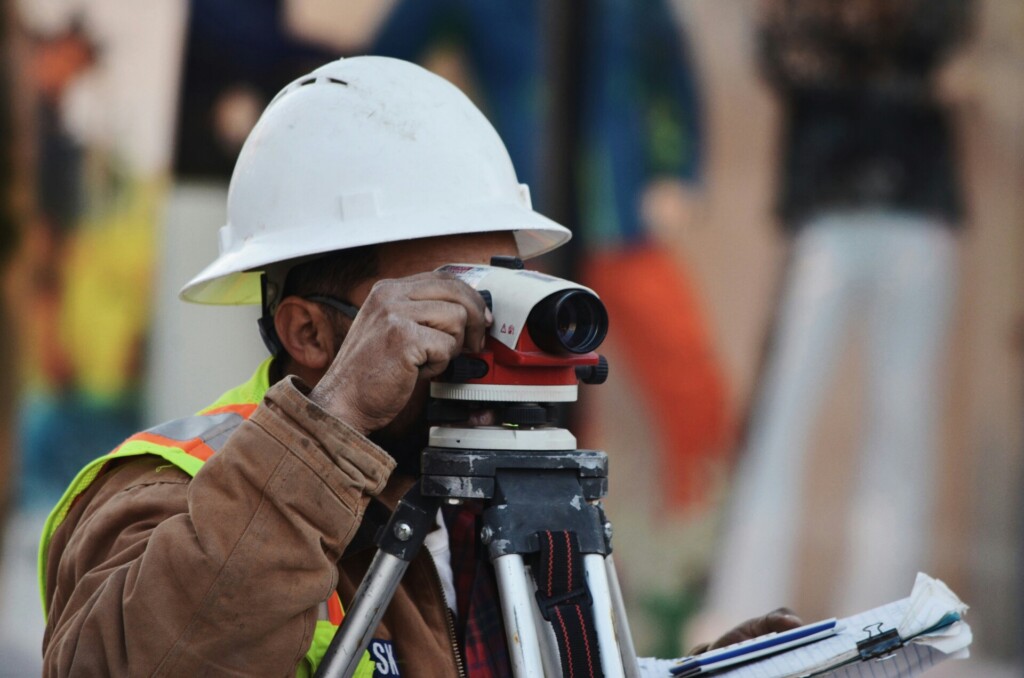
Commercial retrofit costs in Texas reflect a complex interplay of project scope, building systems, and regional market conditions. General renovations typically range from $30 to over $300 per square foot, while targeted HVAC upgrades for office buildings fall between $18 and $32 per square foot depending on system complexity.
We approach each project by defining scope early in the planning process. Systems-only retrofits differ significantly from comprehensive interior updates in both complexity and cost structure. Our project teams factor local market conditions into every estimate, recognizing that Houston, Dallas–Fort Worth, and Austin each present distinct pricing environments. We use detailed cost breakdowns that account for labor (18%–35%), materials (17.5%–25%), major systems (12.5%), and finishes (up to 30%) to provide transparent budgeting frameworks for our clients.
Smart project planning includes reviewing available incentives before construction begins. Entergy Texas offers substantial rebates for qualifying HVAC upgrades, lighting improvements, and other efficiency measures. The federal 179D deduction can provide up to $5+ per square foot in tax benefits for energy-efficient building improvements. We coordinate with utility program requirements, including pre-inspections and November deadlines, to maximize available incentives. For projects with tight budgets, we recommend phasing construction to spread costs while maintaining operational continuity.
Contact EB3 Construction to discuss your commercial retrofit project and receive a detailed cost estimate tailored to your specific building and location requirements.
